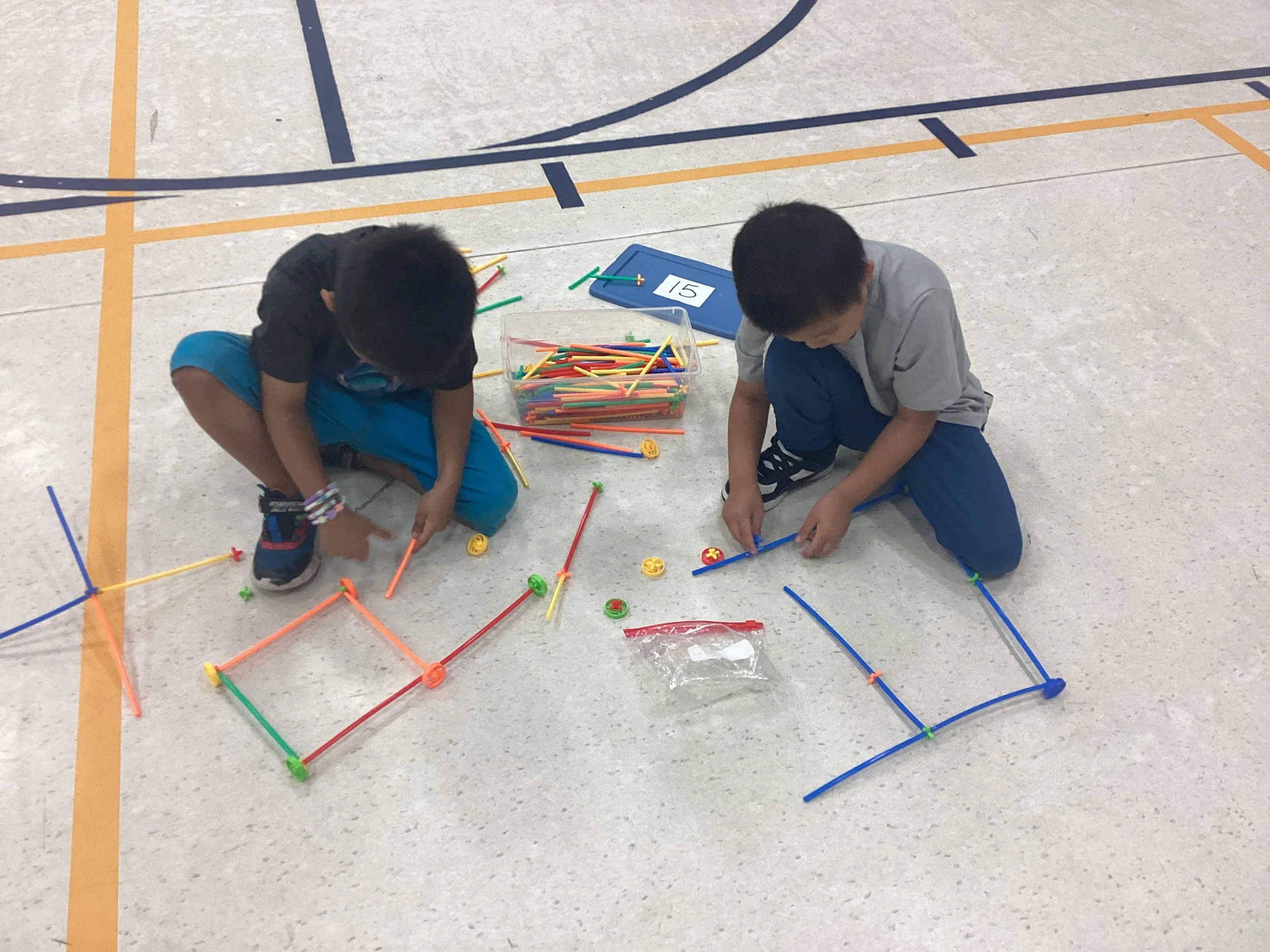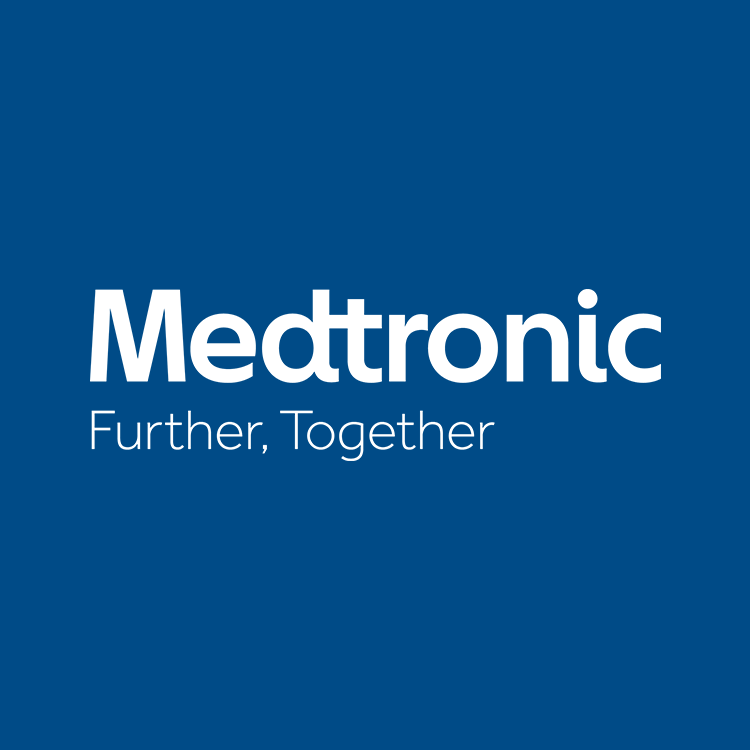A dozen high school students crowd in a circle, jostling to view a motionless gray lump sitting on a table. What is this captivating object? The teenagers are examining a real human brain - and making connections between brain science and their own lives.
These students are participating in a neuroscience workshop made possible by a new partnership between the UMN Department of Neuroscience and Fostering Opportunities and Relationships in STEM Education (FORSE), a program that works to close opportunity gaps and increase diversity in Minnesota science, technology, engineering and math (STEM) fields.
“Students this age are deeply interested in what's happening in their own brains,” says Dr. Manuel Esguerra, a researcher at the UMN Department of Neuroscience who facilitates the workshops.
Dr. Esguerra leads a discussion about neuroscience with students at Bultum Academy in Columbia Heights.
“We want to show students how exciting science can be, as a career or simply as another way of looking at and thinking about the world.”
Involvement from Dr. Esguerra and similar scientists are integral to the success of the FORSE program to reach students from backgrounds historically underrepresented in STEM. “Many students have said right out how much they appreciate meeting a scientist whose parents were immigrants, or who just looks like or has a name like theirs,” says Dr. Esguerra. “I love that, because our goal isn't to teach them in one hour how the brain works. Instead we want to show students how exciting science can be, as a career or simply as another way of looking at and thinking about the world.”
Getting Up Close with a Brain
This successful partnership began in the fall of 2023 after Dr. Esguerra connected with Evangeline Holley, the FORSE program manager, at a Science Salon presentation. Both FORSE and Science Salon are programs of the Minnesota Academy of Science (MAS), a statewide nonprofit dedicated to connecting Minnesotans with STEM opportunities.
During the past school year, Dr. Esguerra and his team led neuroscience workshops at Twin Cities schools, connecting with over 80 students at three schools serving students from groups historically underrepresented in STEM - Bultum Academy, Exploration High School, and the High School for the Recording Arts.
The real human brain and spinal cord samples always make a big impression on students. “It never fails, when I show them the deep hollows in the human brain where the eyeballs have been, I always hear someone say ‘wait, my brain is right above my eyeballs?!’ and everyone reflexively touches their forehead,” says Dr. Esguerra. “Students are also really surprised and initially grossed out by the spinal cord. They've all seen pictures of human brains, but somehow the spinal cord drives home that we're looking at the central nervous system from a human who was just like them.”
In addition to investigating the human tissue samples, the workshops include hands-on games designed to engage students with principles of neuroscience. Students don headsets to play the game mindflex and discuss the science behind how the game works. They also try tossing bean bags both normally and with vision disrupting goggles, exploring how the goggles impact their throws.
Students at Bultum Academy play with and analyze a mindflex game, learning about neuroscience.
Middle and high school students are fascinated by the applications of neuroscience to their own brains. “They've been told that their ‘frontal cortex’ is still developing and demand to know what that means,” says Dr. Esguerra. “It's a great opportunity to show them where that is in the brain, and also to put things they hear from adults into a new context. ‘Making good choices’ and ‘getting good sleep, nutrition, and exercise’ hit differently when they're looking at an actual human brain just like theirs.”
The neuroscience workshops have captivated middle and high school students. “At a middle school workshop, almost all the students raised their hands to volunteer for a proprioception demonstration,” remembered Ms. Holley. “Even the teachers at each school were engaged, coming from other parts of the school to see the activities!” Furthermore, educators at the participating schools have reported that students who do not typically engage heavily during science class are asking questions and making comments during the neuroscience workshops.
The Team’s Combination of Knowledge and Passion
Dr. Esguerra and undergraduate students Dylan and Praveer answer questions about how the brain works at the High School for the Recording Arts in St. Paul.
Dr. Esguerra is a research assistant professor with the University of Minnesota Medical Discovery Team on Addiction and has conducted neuroscience research for over 30 years. To facilitate the workshops, he is joined by neuroscience graduate and undergraduate students, as well as faculty.
“Their passion for neuroscience is absolutely infectious!”
The team brings both expertise and excitement about neuroscience to the workshops. “Dr. Esguerra is both approachable and incredibly knowledgeable about neuroscience,” remarks Ms. Holley. “It's easy to be excited about the brain after speaking with Dr. Esguerra. He has brought other researchers, professors, and students to workshops with FORSE schools, and all have been so great at working with students and engaging them in neuroscience. Their passion for neuroscience is absolutely infectious!”
Dylan, a neuroscience undergraduate, talks about the science behind the mindflex game with students and their teacher at the High School for the Recording Arts.
Dr. Esguerra’s path to neuroscience came through his interest in filmmaking. As an undergraduate taking film production courses, he thought that learning about the sense of vision might be useful while making movies. He enrolled in a Visual Perception class in the psychology department, and became so interested in the subject that he switched to a combined major in psychology and biology. His studies culminated with a PhD in neuroscience, but he hasn’t given up his early interests - he still makes films and videos today, including for local bands!
Reaching New Audiences
Dr. Esguerra notes that partnering with FORSE has opened doors to new relationships with schools and students. One of the missions of the Neuroscience Department’s outreach committee is to reach more students from underrepresented groups, which FORSE is able to help facilitate.
“I strongly believe academic scientists have an obligation to share their work with the lay public, in whatever way works for them.”
For Dr. Esguerra, public outreach is a critical part of his work. “I strongly believe academic scientists have an obligation to share their work with the lay public, in whatever way works for them,” says Dr. Esguerra. “Neuroscientists doing public outreach are fortunate that way, because many people wonder about the brains they're carrying around, and because there's so much still to be learned about the makeup and structure of our own brains. That's why I keep doing these activities every year, and we're very grateful for our partnership with FORSE and MAS.”
The feeling is mutual. “Our collaboration with Dr. Esguerra and the UMN Neuroscience Department is a great example of the power of FORSE’s community partnerships,” notes Ms. Holley. “Engaging with real scientists - especially professionals from backgrounds that have been historically underrepresented in STEM - is so important to the students we work with in the FORSE program. Students walk away from these workshops knowing that science is interesting and applicable to their lives.”
A student at Exploration High School in Minneapolis throws bean bags while wearing vision distorting goggles.
Building on the success of the Neuroscience Department partnership, Ms. Holley is seeking to expand FORSE’s network of community partners for the upcoming 2024-2025 school year. If you are a STEM professional who would like to share expertise and excitement with Twin Cities students, please contact evangeline.holley@mnmas.org or browse the FORSE community partners webpage.





































